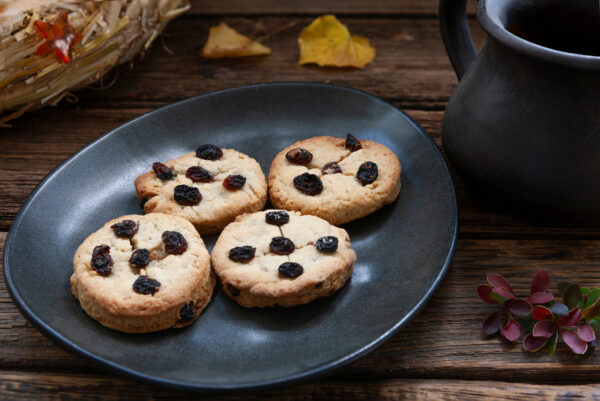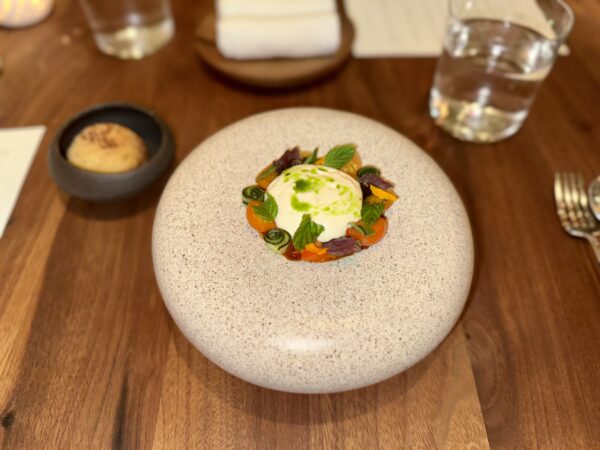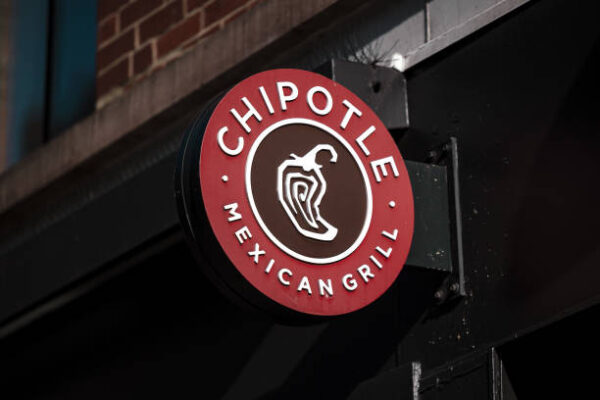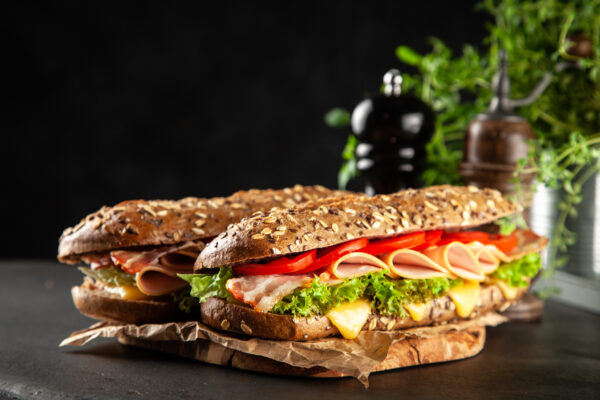Candy is an integral part of the Halloween celebrations we know and love today. But did you know that Halloween comes from the ancient Celtic festival of Samhain, a festival with its own traditional foods?
Marking the end of summer and the beginning of winter, the Celts believed the boundary between the living and the dead blurred on Oct. 31. They would light bonfires and wear costumes, often made of animal skins, to ward off spirits.
Barmbrack and colcannon
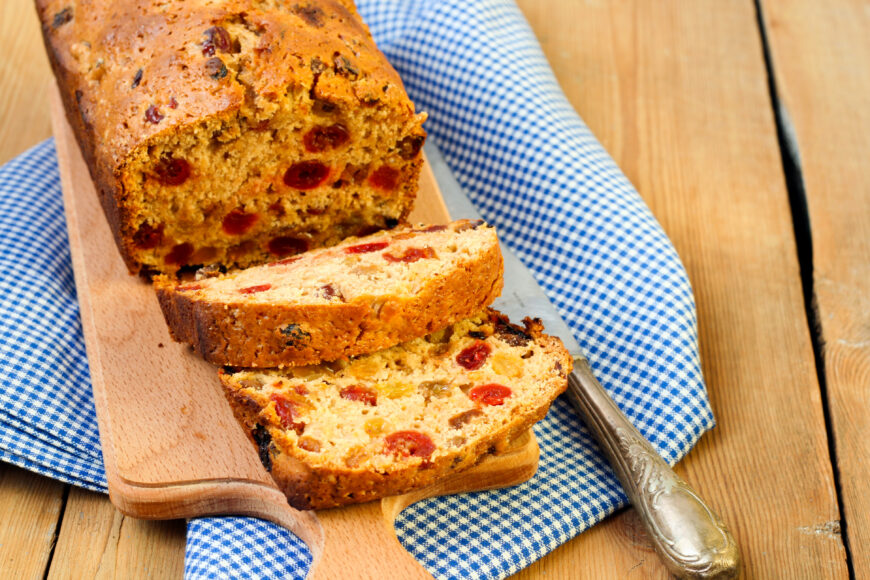
During Samhain, the Celts would hide charms in foods such as barmbrack (a fruit-studded yeast bread) and colcannon (mashed potatoes with cabbage) to predict the finders’ fortunes in the coming year. For example, a ring symbolized marriage and a coin represented wealth.
Clootie dumplings
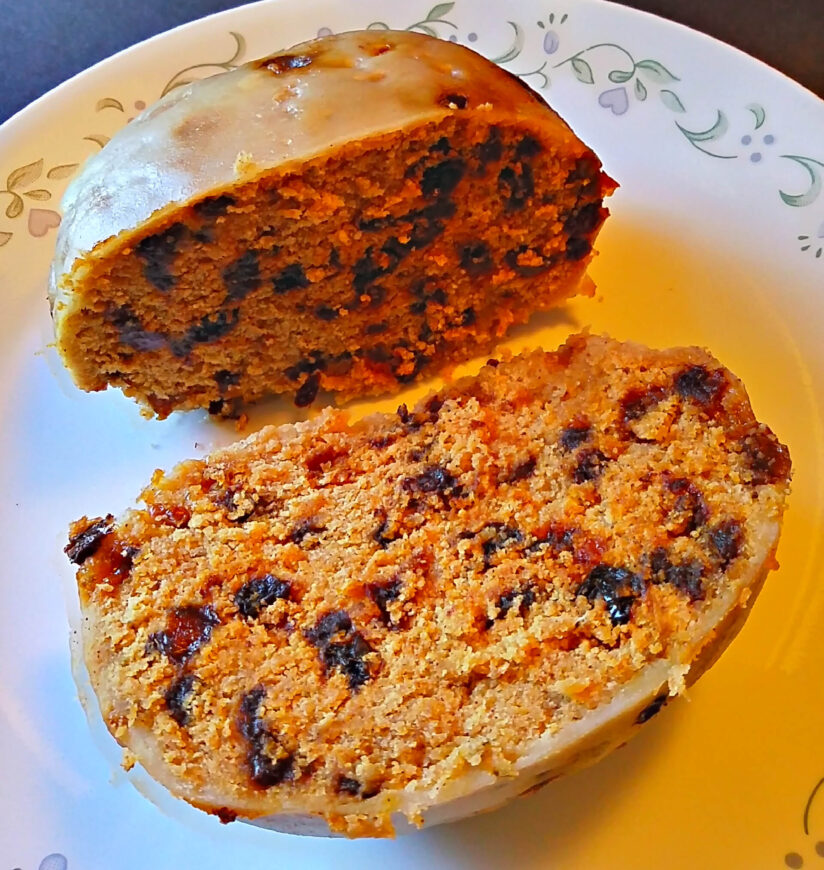
Similar to Irish barmbrack and colcannon, fortune-telling trinkets were sometimes hidden inside Scottish clootie dumplings during Samhainn. These steamed puddings are made with suet (hard animal fat), dried fruit, spices and treacle (thick, dark syrup).
Soul cakes

Trick-or-treating can be traced back to the practice of giving out soul cakes during All Souls’ Day, a Catholic observance held Nov. 2 for remembering and praying for those who’ve died. Soul cakes are small, round cakes flavored with nutmeg, ginger and raisins and were given to those who prayed for the dead.
Do you know what individual M&M’s candies are called?
Allerheiligenstriezel
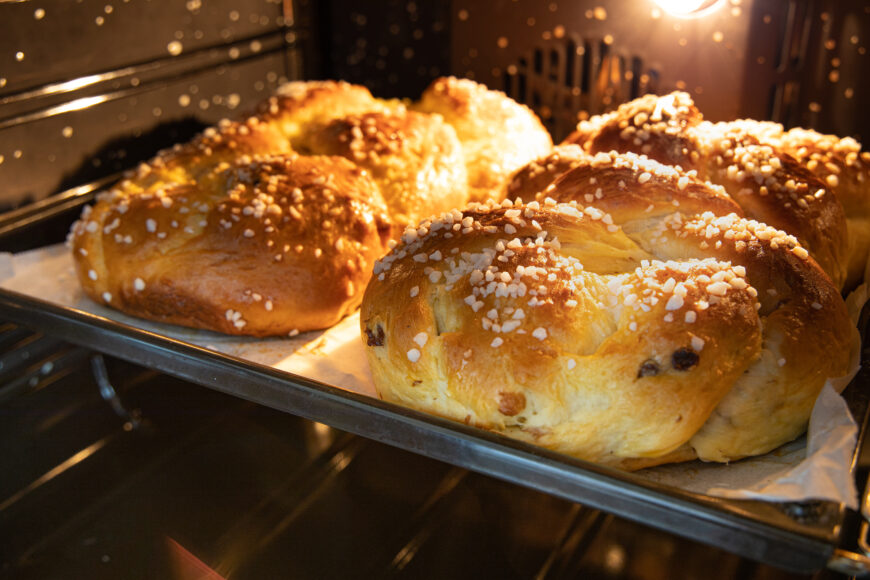
In Germany, a braided brioche bread with coarse sugar crystals is often eaten on All Souls’ Day. Allerheiligenstriezel translates to “All Saints’ braid,” and is often given by godparents to godchildren.
Fave di morti
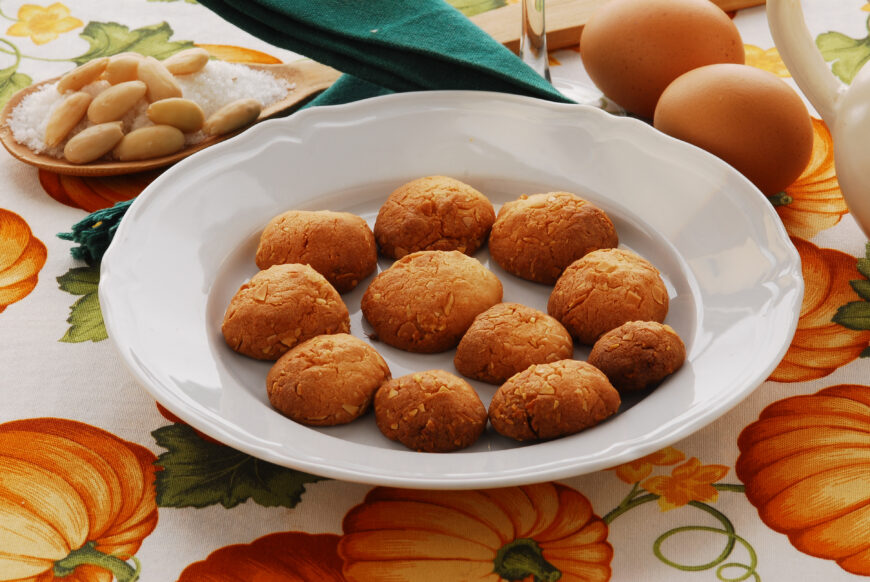
In Italy, fave dei morti, small almond cookies, are made for All Souls’ Day. Made with almonds, flour and sugar, these cookies are shaped like fava beans. Ancient Romans believed that fava beans contained the souls of the dead.
